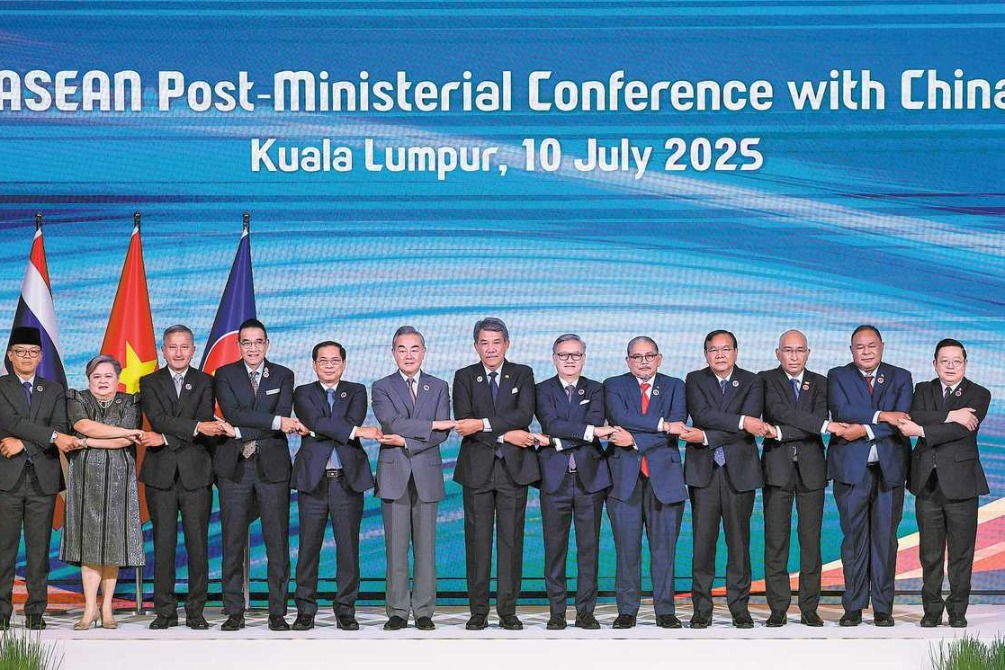NATO's missed opportunity: How US has failed to incorporate Russia into a Pan-Europe system -- expert

CRISIS AND HONEYMOON (1999-2005)
The Balkans is the first wrestling arena between Russia and NATO, said the expert. In March 1999, despite repeated warnings from Russia, NATO flagrantly launched full-scale air strikes against Yugoslavia. In April that year, despite Russia's opposition, NATO issued a new strategic concept with emphasis on "out-of-area operations," marking the expansion of NATO's military operations from collective defense to external power projection, he noted.
In response, Russia immediately froze all relations with NATO and launched the biggest military exercise, Zapad-99, since the collapse of the Soviet Union. In October 1999, Russia released a new version of its military doctrine in advance, stressing for the first time that external military invasion was the main threat.
In fact, the Kosovo crisis did not change Russia's pragmatic attitude in cooperating with NATO. In August 1999, then Russian Prime Minister Vladimir Putin said that Russia should and will integrate itself into the civilized world, noting that his country would cooperate with NATO.
The 9/11 attacks in 2001 became an opportunity to warm up the relations between the two sides, said the expert, noting that Putin was the first among major power leaders to call in support of then US President George W. Bush, and after that, the United States and Russia set up a joint working group on counterterrorism.
In December 2004, a NATO-Russia action plan on terrorism was approved by the two sides, and Russia took part in NATO's counter-terrorism Operation Active Endeavour in the Mediterranean.
Meanwhile, then Secretary General of NATO George Robertson and leaders of some NATO member states supported Russia's accession to NATO.
This period is seen as a short honeymoon period between Russia and NATO, said Kang.
Also during this period, he said, three cracks in Russia's relations with the United States and NATO began to emerge.
One is the anti-missile system and strategic stability. In 2002, the United States unilaterally withdrew from the Anti-Ballistic Missile Treaty signed by the United States and the Soviet Union.
The second remains the eastward expansion of NATO. Following admitting Poland, Hungary and the Czech Republic in 1999, NATO started its second round of eastward expansion. In the year of 2004, the Baltic states of Estonia, Latvia and Lithuania joined NATO.
The third crack between Russia and NATO is the so-called "color revolution" in the "post-Soviet space." From 2003 to 2005, the "color revolutions" took place in countries such as Ukraine and Georgia.































